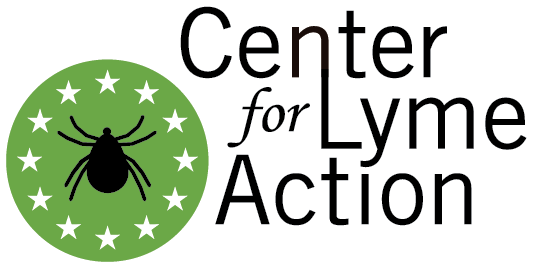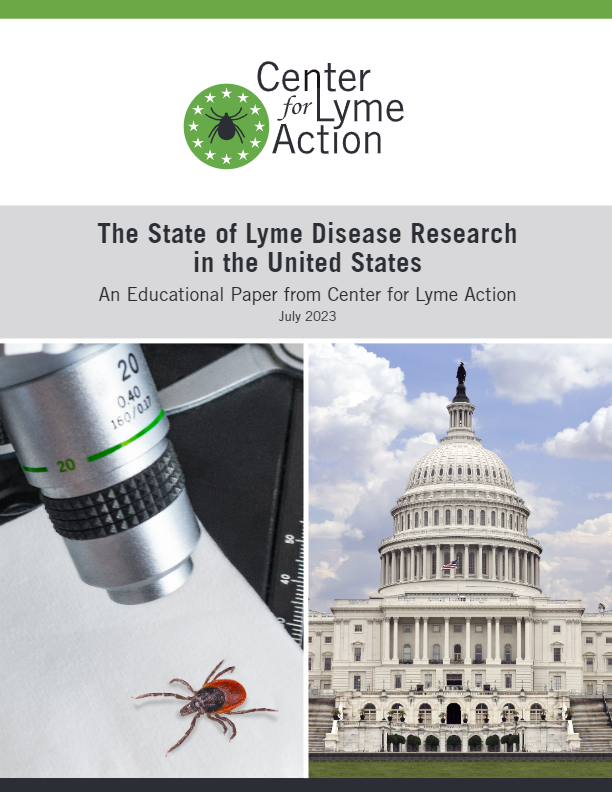
Every year, at least 476,000 Americans are diagnosed and treated with Lyme disease, leading to annual direct medical costs of approximately $1-2 billion and an estimated economic impact between $50-100 billion. These patients face a lack of reliable diagnostics, ineffective therapies for persistent disease, and no available vaccine. They suffer from debilitating conditions due to infection of the skin, joints, heart, and nervous system, including the brain.
In 2019, a trans-NIH strategic planning team released a comprehensive plan to improve the diagnosis, prevention, and treatment of tick-borne diseases, of which over 80% are caused by Lyme. This comprehensive and well-researched plan outlined five areas of opportunity in tick-borne disease research, including improving fundamental knowledge, detection, prevention, treatment, and research tools and resources.
In our paper, “The State of Lyme Disease Research in the United States,” we explore the progress that has been made to find a cure for Lyme and tick-borne diseases, making 26 recommendations for research investments by the federal government and calling for an annual investment of $500 million – $1 billion to find a cure.
Watch the ILADS Webinar
This ILADS webinar is hosted by ILADS member Dr. Jacki Meinhardt and features author Nicole Bell who reviews key highlights from the paper. Bonnie Crater also gives a Center for Lyme Action legislative update.
Read the paper
Our policy paper The State of Lyme Disease Research describes a 5-pronged federal research agenda for Lyme disease.
Read the Press Release
Watch the CLA Webinar
Our webinar features Dr. John Aucott of Johns Hopkins University with a Lyme 101 talk and author Nicole Bell who reviews key highlights from the paper.
Passcode: 6Ca5H#&$

